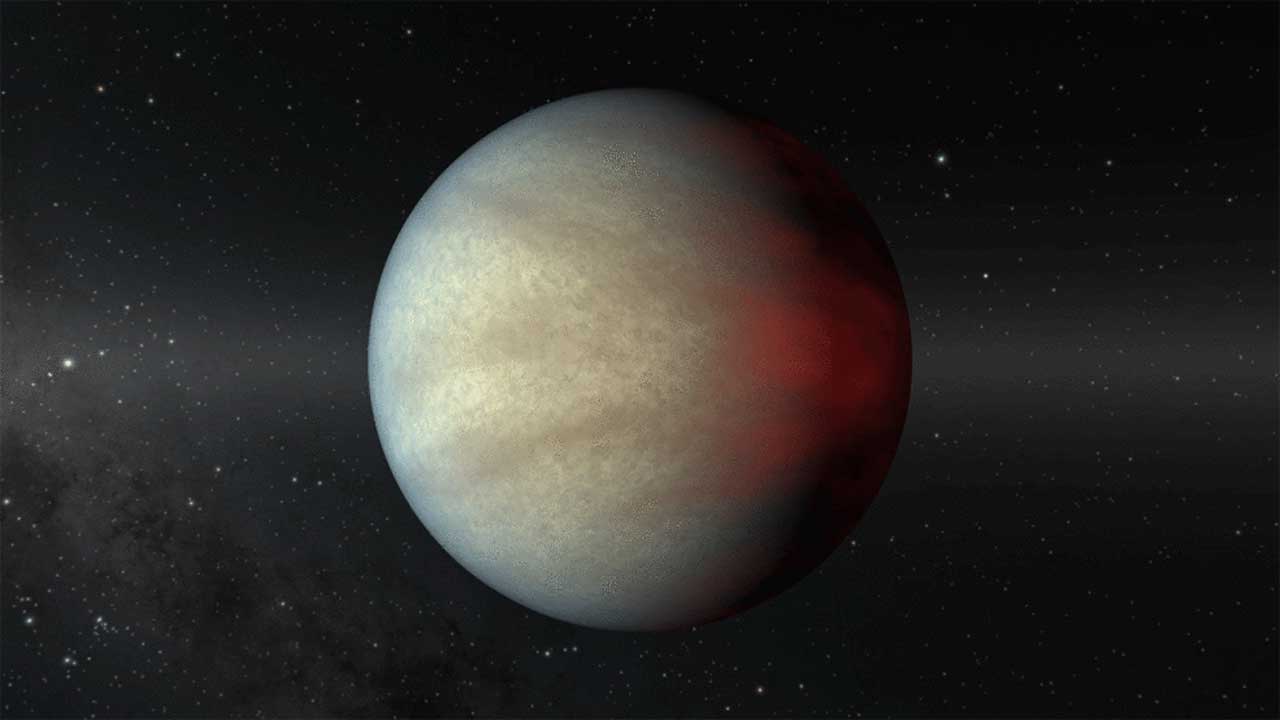Recently we reported on a haul of 2,200 new exoplanets from the 2 year primary mission of the Transiting Exoplanet Survey Satellite (TESS). But that is just the tip of the iceberg in terms of exoplanet hunting. If calculations from NASA are correct the Nancy Grace Roman Space Telescope could detect up to 100,000 new exoplanets when it launches in 2025.
Continue reading “Roman Telescope Could Turn up Over 100,000 Planets Through Microlensing”Do Hot Jupiters Form Close in, or Do They Migrate? A Newly-Discovered Planet Might Help Answer This
The discovery of over 4000 planets (4,171 confirmed and counting!) beyond our Solar System has revolutionized the field of astronomy. Unfortunately, one of the downsides of all these discoveries is how it has shaken up theories about how our Solar System formed. In the past, astronomers thought that the eight planets (or nine, or over one hundred, depending on your point of view) formed where they are currently located.
However, the discovery of gas giants that orbit close to their stars (aka. “Hot Jupiters”) has confounded this thinking. But according to a recent NASA-supported study, the recent discovery of a young gas giant could offer clues as to how Jupiter-like planets form and whether or not they migrate. This discovery was made possible thanks to the Spitzer Space Telescope, which continues to reveal things about our Universe even in retirement.
Continue reading “Do Hot Jupiters Form Close in, or Do They Migrate? A Newly-Discovered Planet Might Help Answer This”

